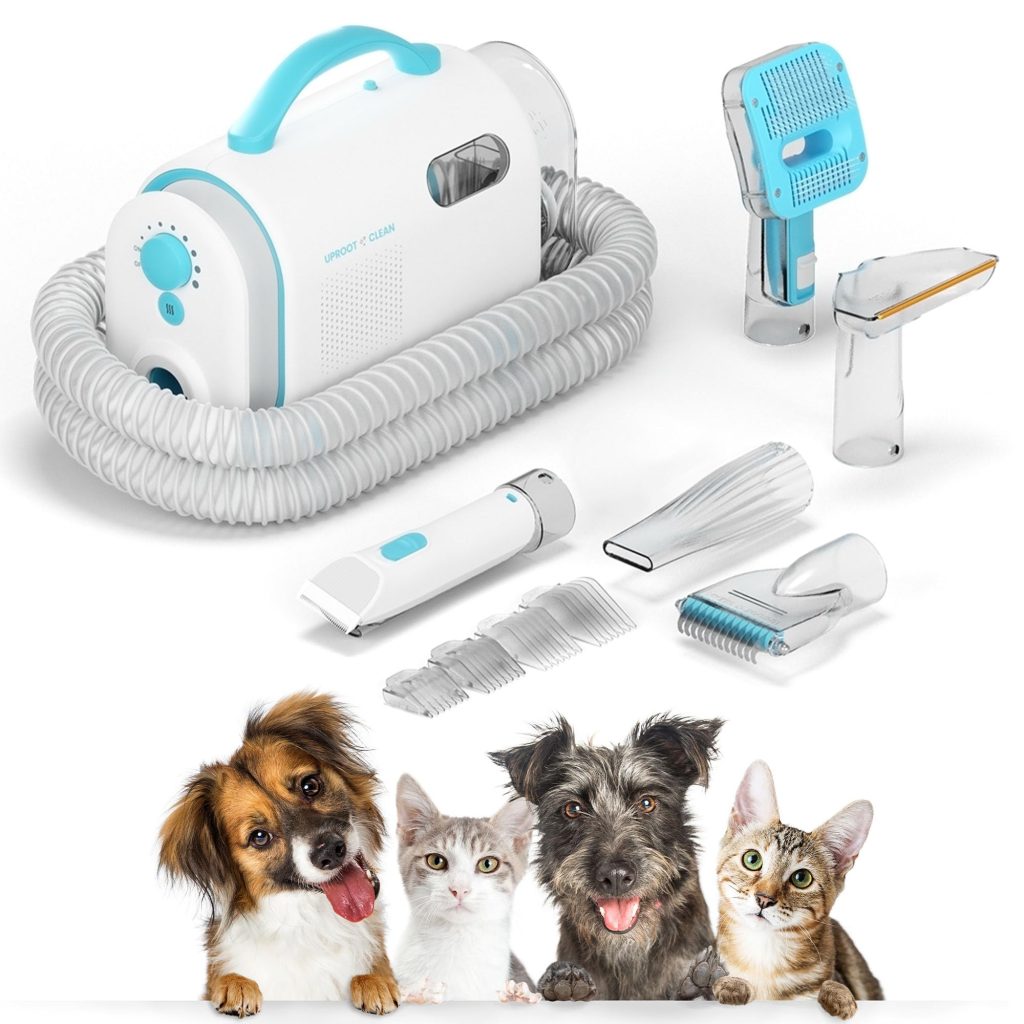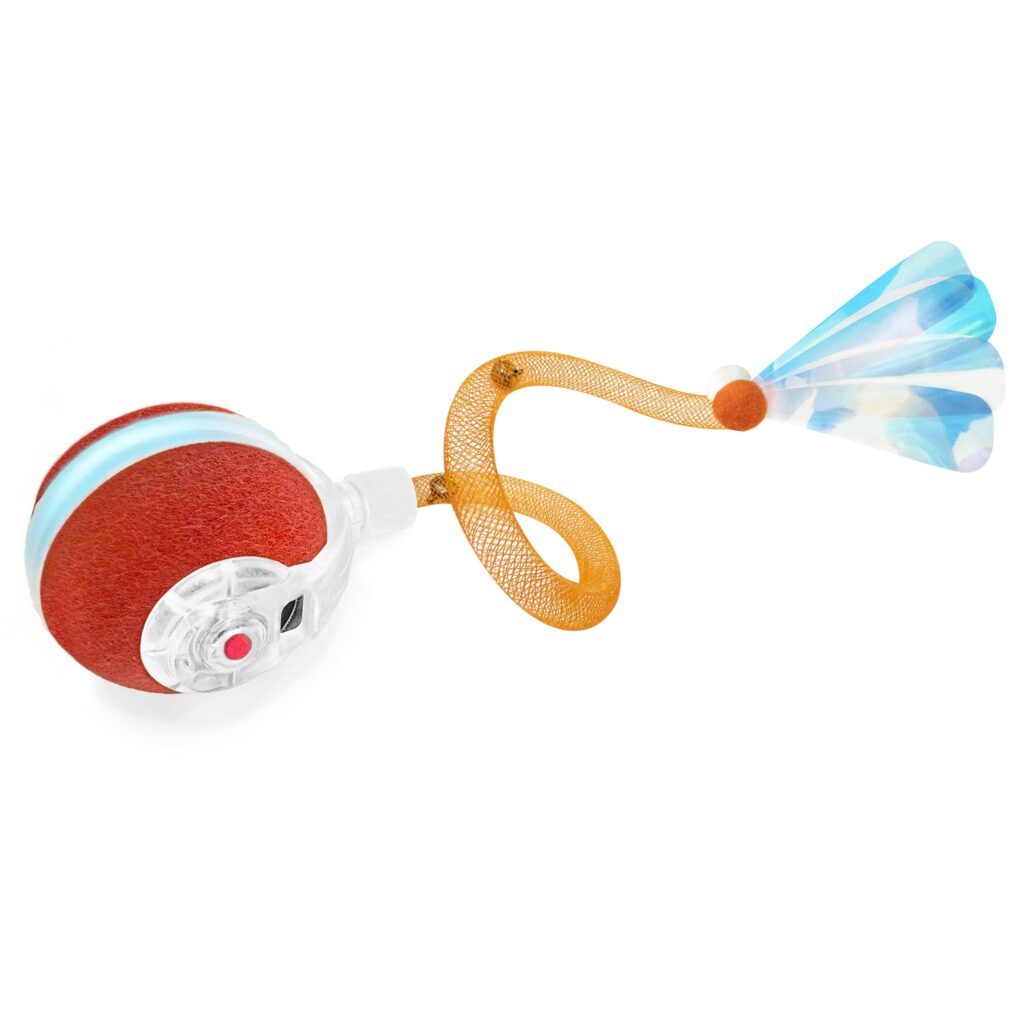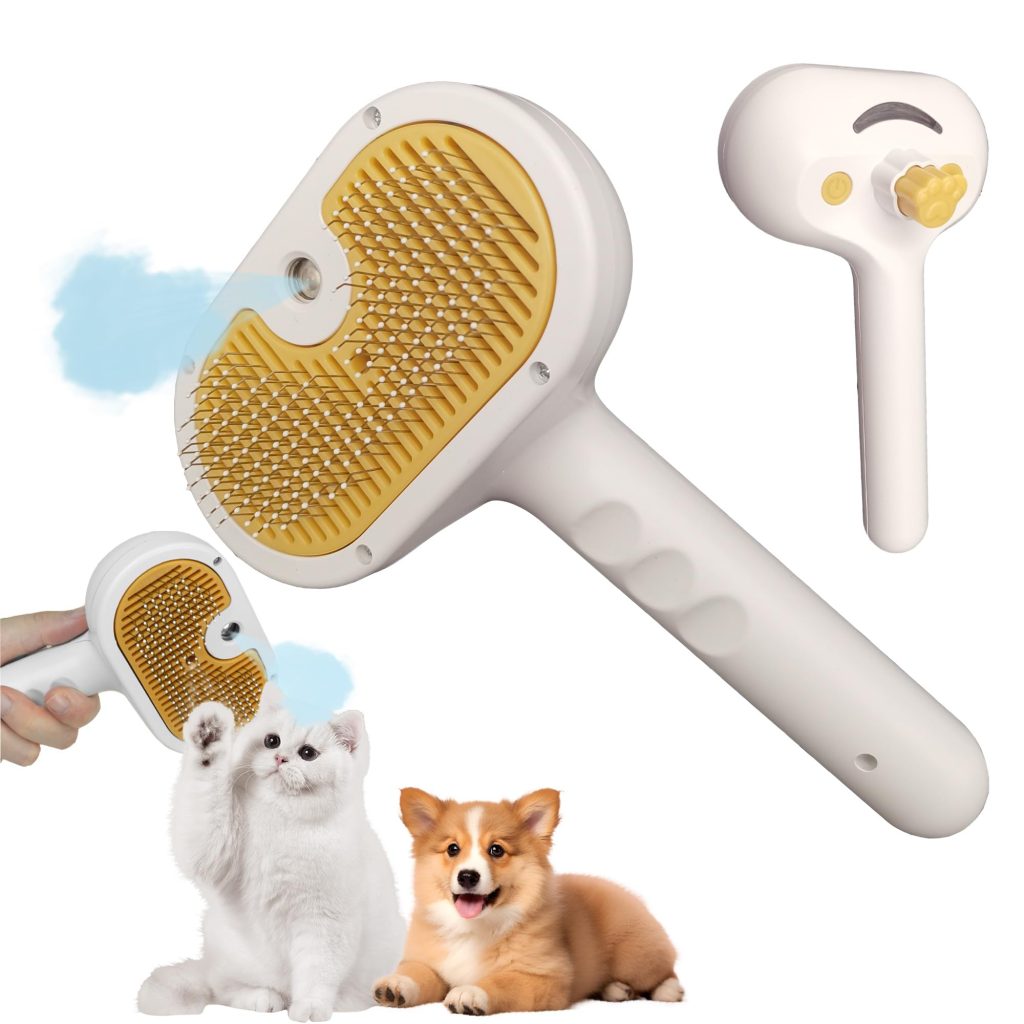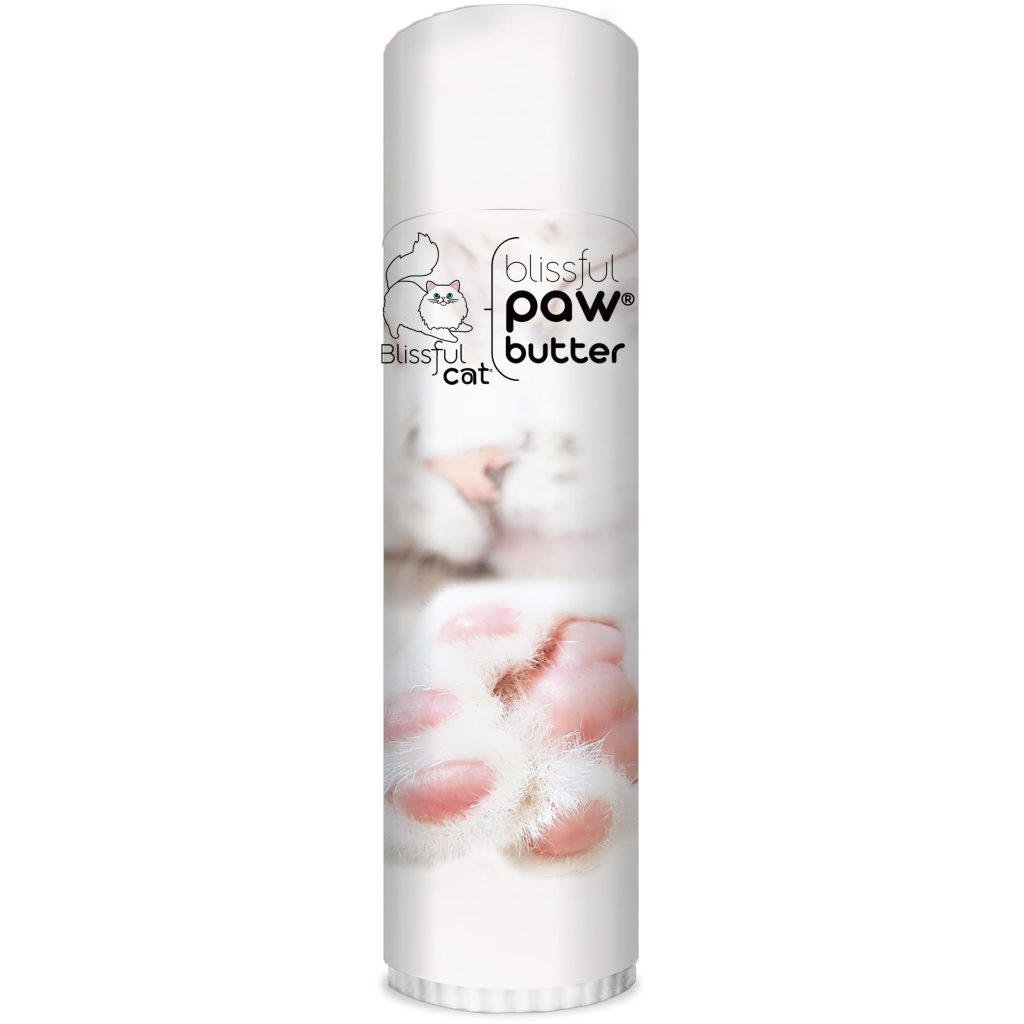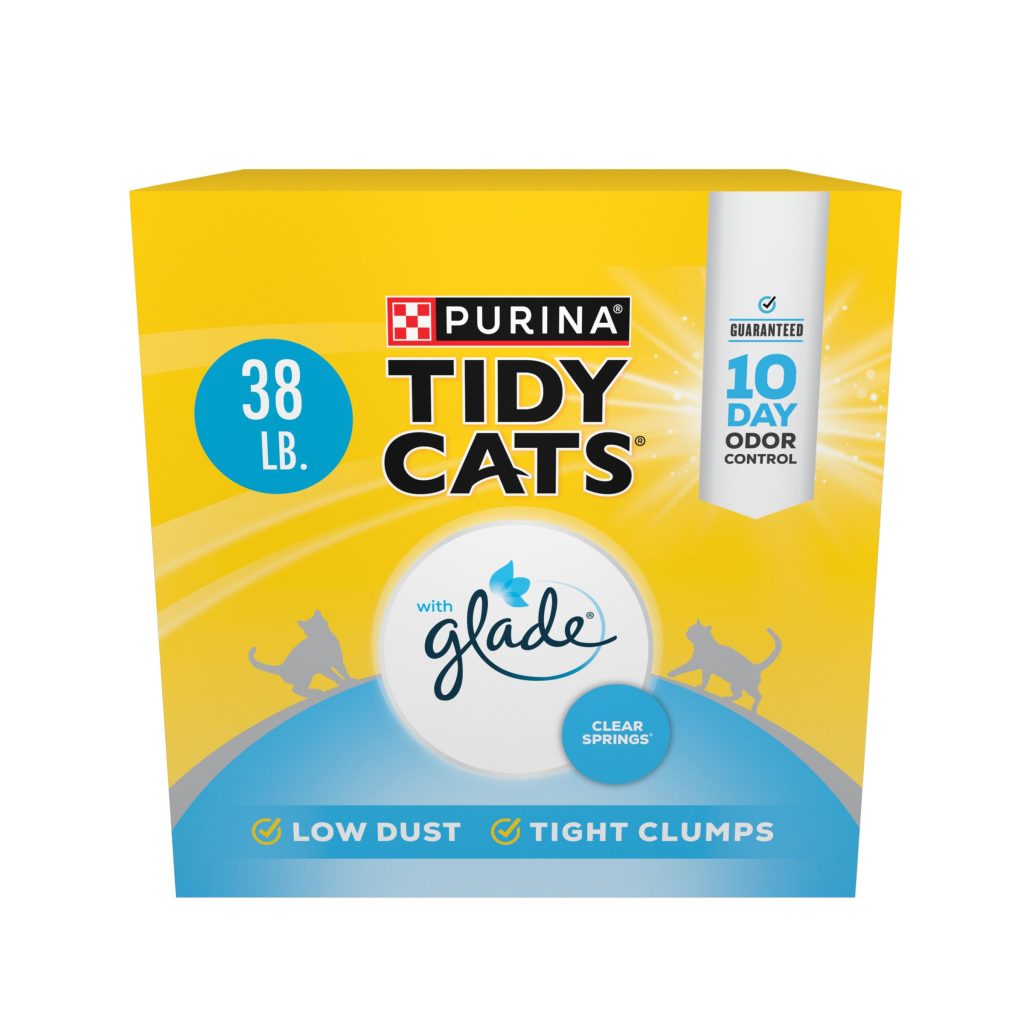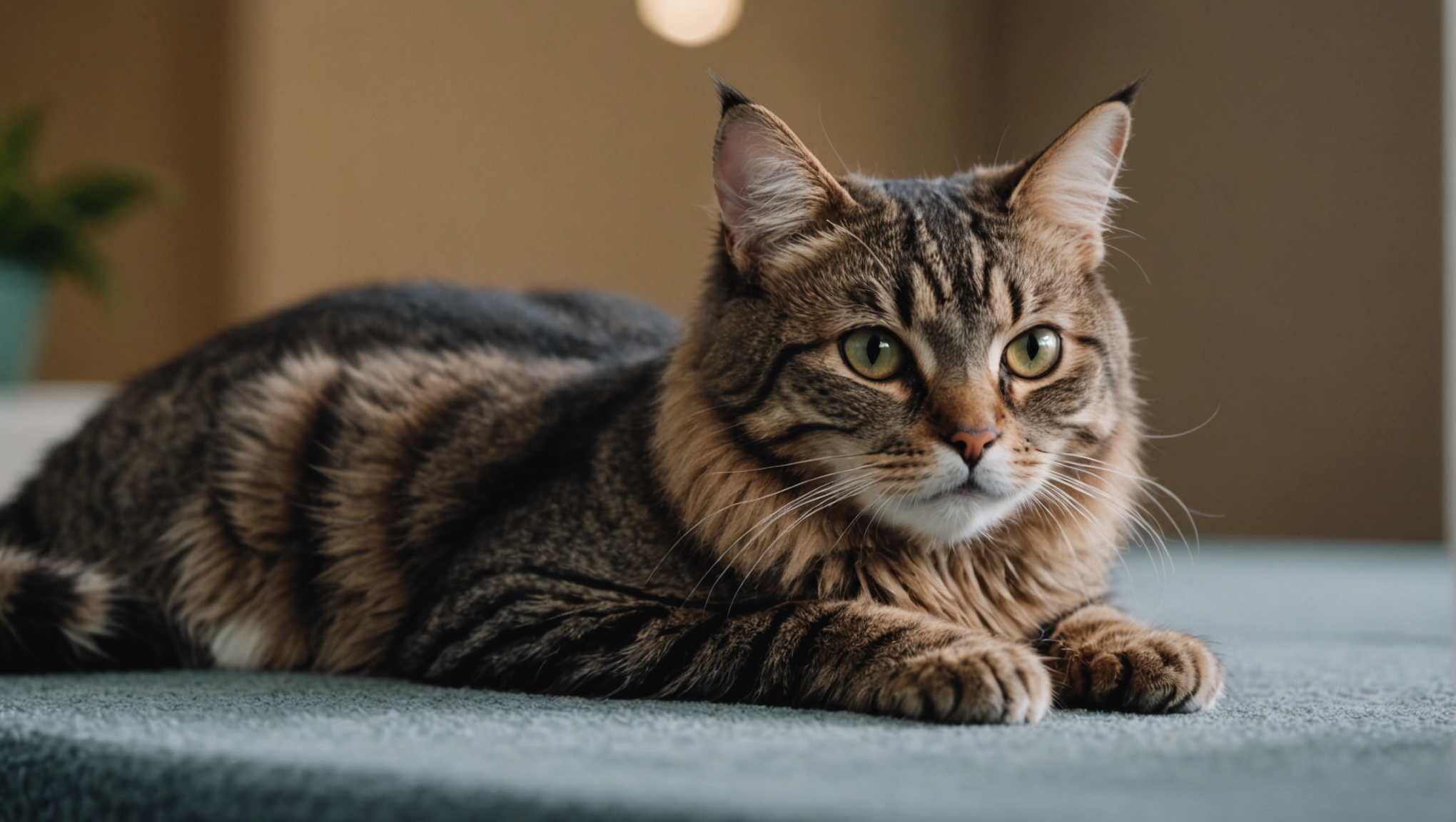
The intricate world of feline grooming behavior reveals much more than mere physical upkeep; it serves as a window into the complex psyche of our feline companions. Cats, known for their meticulous grooming habits, have evolved over millennia to use grooming as a mechanism for both physical cleanliness and social interaction. Understanding this behavior requires an appreciation of its multifaceted nature—where it intersects with instinct, social bonding, and emotional well-being.
To the untrained eye, a cat engaged in grooming might appear to be performing a simple hygienic task. However, upon closer examination, this repetitive ritual represents a symphony of biological rhythms and behavioral instincts. The act of grooming is instinctual, deeply rooted in their evolutionary history; it not only helps them maintain clean fur, but also regulates body temperature, as the saliva evaporates to provide a cooling effect. Furthermore, in the wild, the act of grooming can elicit the highly sought after scent markings that signal territory and familiarity with their environment.
In addition to the utilitarian aspects, grooming also serves as a form of self-soothing, similar in essence to how humans might engage in activities like meditation or yoga. The rhythmic motions are calming and can alleviate stress. Observing your cat while it indulges in this behavior can provide insight into their emotional state. If a cat is excessively grooming, it may be a sign of anxiety or discomfort, warranting further investigation into their physical and emotional health.
Moreover, grooming is a profoundly social activity among group-living cats. Mutual grooming, known as allogrooming, helps to reinforce social bonds, distributing scents throughout the group and fostering a sense of community and trust. Your cat’s grooming rituals, whether they are self-directed or involve interactions with other cats or even you, demonstrate an underlying desire for connection. Engaging in gentle grooming or petting can enhance this bond, showing your cat that you are part of their grooming circle, which can elevate their confidence and sense of safety.
As our understanding of feline grooming behaviors deepens, it becomes clear that these habits go well beyond superficial maintenance. They’re expressions of instinct, social connection, and emotional health. Whether it is a moment of quiet time spent licking a paw or an exuberant session of allogrooming, every act of grooming encapsulates a rich tapestry of interaction—both with oneself and among companions. Recognizing and respecting these behaviors is essential in fostering a harmonious relationship with our feline friends.
Reasons for grooming: health and hygiene
Grooming, while appearing to be a simple act of cleanliness, plays a pivotal role in the overall health and hygiene of cats, impacting their physical well-being in a high number of ways. For instance, in addition to the obvious benefit of removing dirt and debris from their coats, grooming serves a critical function in skin health. Cats rely on their tongues, which are uniquely designed with tiny, hook-like structures called papillae, to effectively remove loose fur and dander, which can help mitigate the development of skin irritations or infections. This natural exfoliation process keeps the epidermis healthy and can prevent issues such as matting, which may otherwise lead to painful skin conditions.
Even more fascinating is the role grooming plays in regulating body temperature—the act of licking promotes evaporation of saliva, thereby cooling their skin. This thermoregulation is especially crucial during warmer months or after physical exertion, reminding us of the exquisite biological adaptations of our feline companions. While many cats manage their coats well, the necessity for regular grooming may increase for those with longer fur or certain health conditions. Therefore, understanding the grooming needs specific to your cat’s breed or any potential health challenges is key in providing adequate care.
Another critical aspect of grooming is its impact on the prevention of hairballs—a common annoyance that can lead to more serious health issues. Hairballs form when a cat ingests loose fur during grooming; excessive grooming can exacerbate this problem. Regular, gentle brushing can help manage and reduce the amount of loose hair, minimizing the risk of hairballs forming in the stomach. Implementing a grooming routine can be beneficial not only for your cat’s coat but also as a preventive measure to alleviate gastrointestinal troubles.
Moreover, dental hygiene is often an overlooked facet of grooming. While cats may not strictly groom their teeth in the way they do their fur, their grooming behavior contributes to overall oral health by reducing the buildup of plaque and tartar. Owners are encouraged to supplement this with regular dental care, including brushing and providing dental treats, to support healthy teeth and gums.
A cat’s grooming habits can also serve as an indicator of their overall health. Changes in grooming behavior—be it excessive grooming, cessation of grooming, or localized grooming in specific areas—can signal underlying health issues, from allergies to skin conditions, or even stress-related behaviors. Paying close attention to these changes can empower you to seek veterinary advice promptly, ensuring early intervention when necessary. As the renowned veterinarian Dr. Marty Becker once advised, being attuned to your pet’s habits creates a foundational approach to their health management.
Ultimately, grooming is an integral aspect of a cat’s well-being. It isn’t merely a matter of appearance but rather one of health, hygiene, and comfort. By promoting healthy grooming habits, be it through scheduled brushing sessions or ensuring your cat has access to scratching posts and proper grooming tools, you contribute significantly to their physical health and emotional happiness. Your participation in their grooming routine fosters trust and strengthens the bond you share, making your cat not only cleaner but also happier and healthier.
Social implications of grooming
In observing and understanding the social implications of grooming behavior in cats, it becomes evident that this ritual extends far beyond mere personal care; it embodies a complex tapestry of social interactions, emotional exchanges, and community bonding. Cats are not solitary creatures by nature, and their grooming habits illuminate significant dimensions of their social dynamics, offering layers of meaning that reflect their innate behaviors and emotional needs.
One of the most striking expressions of social grooming occurs in the form of allogrooming, where cats groom one another, typically among those that share close relationships. This behavior fosters cooperation and reinforces social bonds, often serving as a means of establishing hierarchy within a group while strengthening affection and trust among companions. Such interactions can be observed among littermates, mothers and kittens, and even friends in multi-cat households. The act of grooming collectively not only facilitates mutual scent sharing, forging a sense of group identity, but it also functions as a critical stress-relief mechanism. As Dr. Becker eloquently notes, “When felines feel safe and secure in their relationships, they’re less stressed and healthier overall,” underscoring the profound impact of social grooming on both physical and emotional well-being.
Additionally, grooming can serve as a subtle communication tool within the feline realm. Cats often exhibit grooming behavior as a response to the emotional cues of their companions, mirroring actions that signify contentment or a relaxed state. When a cat approaches another and begins to groom them, it isn’t merely engaging in a hygienic task; rather, it is conveying affection and establishing social bonds. A cat’s willingness to groom another can be interpreted as a gesture of acceptance, promoting peace and camaraderie, particularly in households where multiple felines coexist. It very important to be mindful of these behaviors, as they can provide valuable insights into the dynamics of your household’s social fabric.
As much as grooming can enhance relationships among feline companions, it also has implications for human-cat interactions. Cats that partake in grooming behavior directed toward their human companions offer a unique form of social bonding, demonstrating trust and affection. Engaging in gentle petting or brushing not only satisfies their grooming instinct but also deepens emotional connections. Such shared experiences can reinforce the bond between human and pet, facilitating a nurturing environment where your cat feels secure and cared for. As part of a grooming routine, consider incorporating moments of cuddling or gentle strokes to promote positive associations with grooming sessions, enriching your cat’s life and enhancing your interaction.
However, not all grooming interactions are positive. Cats experiencing stress, territorial disputes, or health-related issues may exhibit altered grooming behaviors, including excessive grooming or avoidance. These shifts signal a need for attention and understanding, presenting an opportunity for owners to engage in observation and adaptability. Recognizing and addressing changes in your cat’s grooming habits can provide essential insights into their emotional state, helping to avert conflicts and ensuring a harmonious environment. Open lines of communication via close observation can empower you to respond effectively to your cat’s changing needs, fostering a supportive atmosphere where they feel safe to express their concerns through their grooming habits.
To cultivate a thriving social environment, think the broader context of your cat’s grooming behaviors. Encourage healthy social interactions among your cats by providing vertical spaces, such as cat trees, and ample resources like litter boxes and feeding stations to minimize territorial aggression. Additionally, ensuring that each cat has its own space for grooming can promote positive outcomes. Recognizing when to intervene by offering attention or engaging in play can also help redirect any stress or tension that may arise, allowing for a more balanced household dynamic.
Tips for promoting healthy grooming habits
To encourage healthy grooming habits in your feline companions, it is essential to create an environment that fosters positivity and comfort, transforming grooming from a chore into a shared bonding activity. Begin by establishing a routine that aligns with your cat’s natural grooming behaviors. For many cats, a consistent schedule can provide a reassuring framework within which they can relax and open up to the experience of grooming. Setting aside a few minutes each day, or several times a week, to engage with your cat in a grooming session can promote this notion of routine, reducing anxiety related to handling.
When preparing for these sessions, be mindful of the tools you utilize. High-quality brushes and grooming tools that cater to your cat’s specific coat type are paramount. For instance, long-haired breeds may benefit from a wide-toothed comb or a slicker brush to remove tangles, while short-haired cats can thrive with a rubber grooming mitt or a bristle brush that effectively removes loose fur and distributes natural oils through their coat. Before introducing new tools, allow your cat to inspect them, as familiarization can ease any apprehension, fostering a more cooperative atmosphere.
Furthermore, the grooming process should prioritize your cat’s comfort and emotional state. Begin each session with gentle petting to build trust, and pay attention to your cat’s body language for signs of stress or discomfort, such as twitching tails or flattened ears. An adept caregiver can read these cues thoughtfully—if your cat shows signs of distress, it may be beneficial to pause and engage in play or discourse instead. Always approach grooming with patience, allowing your cat to set the pace. Positive reinforcement, such as treats and verbal praise during and after the session, can solidify a positive association with grooming, transforming it into a rewarding experience.
Another crucial component of nurturing healthy grooming habits involves the environment. Create a tranquil, secure space dedicated to grooming, free from loud noises or disruptions, where your cat can feel at ease. Surrounding them with familiar scents or soothing music can make the experience more calming. Additionally, think the ergonomics of the grooming area; ensuring that your cat is in a comfortable position—whether perched on your lap or nestled against the soft fabric of a blanket—can enhance relaxation and encourage a more receptive attitude toward grooming sessions.
Regularly monitoring your cat’s overall health is equally important, as any changes in grooming behavior can be indicative of underlying health issues. Pay close attention to their coat condition; approaches such as regular brushing can help mitigate potential problems before they escalate, making it paramount to establish a thorough inspection as part of your grooming routine. Looking for signs such as excessive shedding, bald spots, or skin irritations can empower you to act decisively, facilitating prompt veterinary intervention if needed. In the words of Dr. Becker, “An ounce of prevention is worth a pound of cure,” emphasizing the value of vigilance in feline care.
And let’s not overlook the role that environmental enrichment plays in promoting healthy grooming habits. Providing your cat with scratching posts, climbing structures, and interactive toys can help simulate the natural behaviors they would exhibit in the wild, thereby reducing stress that might otherwise lead to compulsive grooming patterns. By facilitating opportunities for exercise and play, you contribute not only to your cat’s physical health but to their mental well-being, both of which support healthier grooming behaviors.
By fostering an environment that prioritizes comfort, routine, and thorough monitoring, you can promote positive grooming habits that enhance the bond you share with your feline friend while significantly improving their health and happiness. Your commitment to engaging gently and thoughtfully in their grooming rituals will be rewarded with a grateful, happier cat who appreciates your efforts to keep them clean and cared for, reflecting the remarkable love and trust you strive to cultivate in your relationship.



